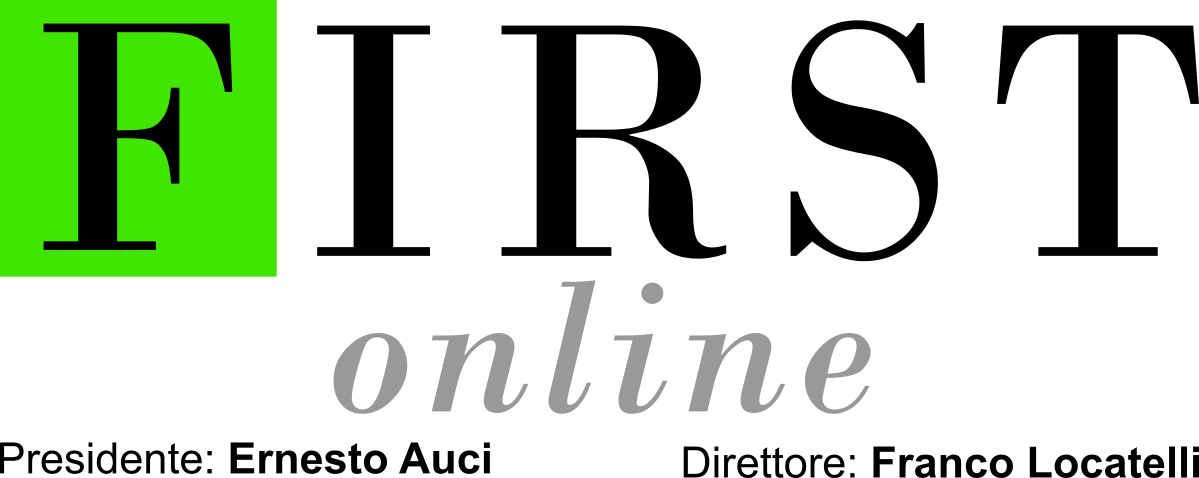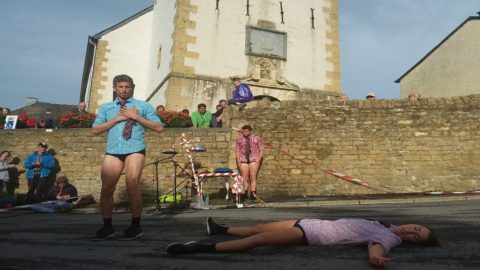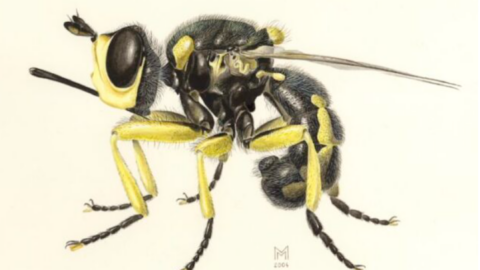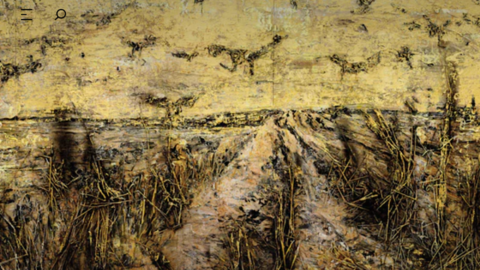Joshua Monten was born near New York City and studied literature and cultural anthropology at Duke University before beginning his dance studies. As a dancer he has performed for the Bern Ballett, Stadttheater Heidelberg, Staatstheater Nürnberg, and Theater Freiburg. He has worked with important choreographers such as Stijn Celis and Hofesh Shechter. He teaches dance at the University of Bern and has published numerous articles on dance and anthropology, in 2012 Joshua even created his own dance company.
At Chassepierre Festival in Belgium, last August, Joshua Monten was performing “Little Joy”, a dance piece carried out by a handful of charmingly violent dancers. It explores the unexpectedly joyful art of combat dance, freed from the constraints of plot and psychological realism: Joshua was inspired by the Slapstick Comedy moments of misunderstanding and quarrel while shaping the show.
Intricate dance sequences of consensual violence go on while Foley-like noises enlighten the play, hilariously tragic, and thrilling to watch. The choreography explores how violence has such an electrifying effect upon its viewers, even though many are loathe to admit this most guilty pleasure. Central to the work of Joshua is Freud’s notion of Schadenfreude: the ways in which we are all capable of taking pleasure in other people’s misfortune, sublimating this primary dark instinct into Art the play presents itself.
Following, the interview given by Joshua Monten at Chassepierre Festival for First Arte.
How did you like to perform at Chassepierre Festival in Belgium? Was the rain a challenge for you?
“The rain added to the stress of the situation, it certainly represented an extra difficulty for us but actually the “Little Joy” performance works well in the rain, it’s kind of more work but it also creates a sense of community.
We’re wet as our audience is, everybody is sharing an even funnier experience, at that point you can be sure that the spectators really want to be there, standing in the rain alongside you.”
To dance in a violent-looking way using sort of Foley-like sound effects with a Slapstick Comedy style…how this whole idea came to be?
“Choreographic fights mixed with disagreement and anger interested me for a long time, in the old movies these small scenes often based on an argument followed by a goofy-looking fight were always my favourite part of the movie. Then I thought that it would be fun to make a piece that was just about that, producing live Foley sound effects thanks to drums made out of random rejects.
I have witnessed once the work of a stage-fighting coach for a production concerning Romeo and Juliet and I loved watching those fights take place, you know all the “I grab you, I push you, and then I hit you like this!” stuff. It’s a violent action but people are still communicating and enjoying it mutually, a subtle mix of cooperation and fight, I like stage-fighting as a theatrical technique and I wanted to show more of this to my audience.
In my combat dance, the victim is the one who is in charge and gets to do the most complete acting, meanwhile the aggressor has to do more pretending, however I consider it to be a Guilty Pleasure. We know we’re not supposed to enjoy seeing other people getting hurt, not supposed to like the Schadenfreude, but secretly we do like it, it’s a natural instinct that we all possess.”
So is it useful to release this energy which we don’t often express?
“Indeed, very, I think there is confusion in our society between real violence, and playful violence. It’s clear that people want to prevent real violence, it’s a beautiful goal and I support that but some people have forgotten about playful violence and that’s a shame, I find it to be liberating.
We give each other permission to hurt the other person, I think is something universal, children play like this, all animals do this same “joyful fight”, which is a basic form of play.”
Why did you name the show you brought to Chassepierre Festival “Little Joy”?
“It’s based on a work of Sigmund Freud, Schadenfreude, it literally means “Being happy of someone else’s misfortune“, the joy of other people’s suffering sublimated in this show is one of the basic aspects of the piece, the pleasure of the audience seeing goofy trouble happening to the dancers.
It is possible to realize that there are many different joys in the “Little Joy” piece, the joy of hearing the Foley-like sounds, the joy of watching, the joy of seeing me fall to the ground again and again. We decided to make of this a small show, not too much combat-dancing: so here comes the name Little Joy.”
Can you tell us about another show of yours?
“The company will be focusing on a different show called Romeo Romeo Romeo until January 2020, the upcoming dates are: 14 December 2019, Theater Uri, Altdorf, 19 January 2020, Stadttheater, Solothurn, 21 January 2020, Stadttheater, Solothurn, all in Switzerland. It’s a quartet for 4 male roles, one of them is played by a woman disguised as a man. All of the 4 dancers in this piece act as Romeo and everyone in the audience is metaphorically Juliet, people are sitting in a circle around the actors which get really close to the spectators while performing, directly involving them.
The theme of the piece is dancing as a form of courtship display, it is something that animals do also, birds do dance sometimes to attract the mate just like humans. Nowadays some people use apps on their smartphones to find a partner but in other times people used to dance to attract someone they liked, for me this was also a motivation to start dancing.
I began dancing as a teenager to impress other people, some artists deny this aspect and say they do it just for art’s sake, but I think in the background the desire to please and attract is present.
There is also the idea of sublimation, when you cannot express some of these instincts freely in society then you can sublimate them into Art, it’s indeed a motivation.”
What about your life? Giving a quick look at your website it seems like you are on tour almost non-stop since 2016, is it ever exhausting?
“True that, me and my company do tour a lot, I personally don’t always go, sometimes the dancers perform without me when my presence is not needed. Although I’m always grateful to have opportunities to show my work around, and I truly enjoy the adventure to see new places thanks to my plays, although being exhausting time to time.”
Written and Translated by Gerardo Iannacci
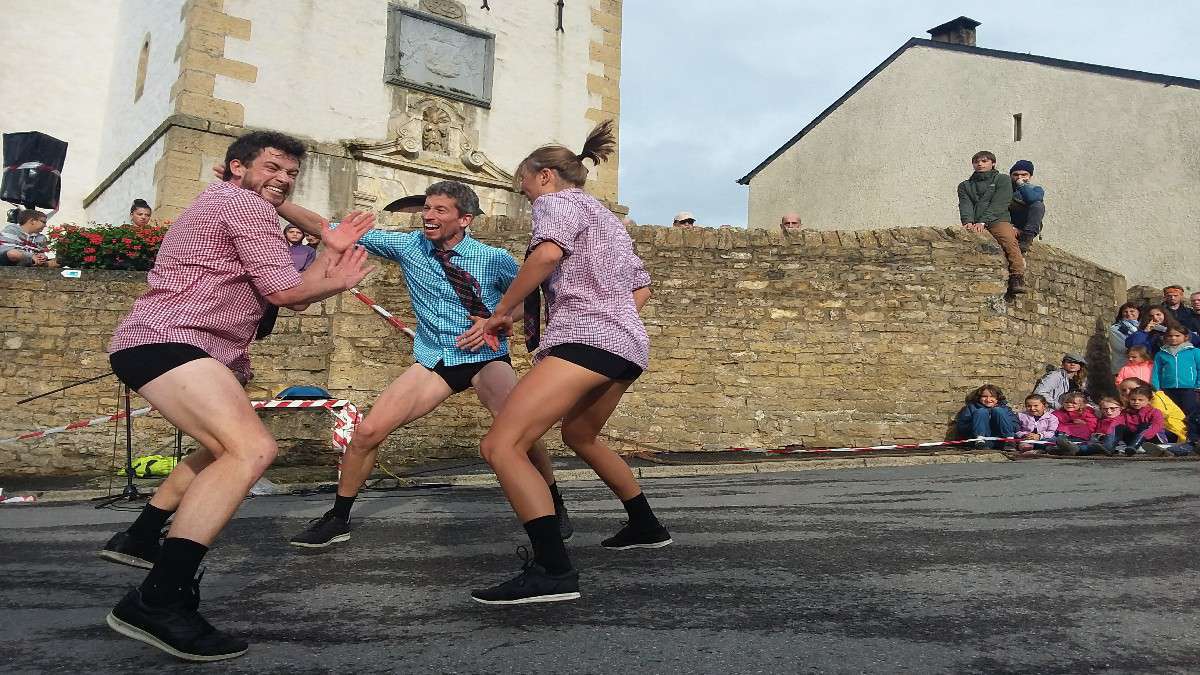
All credit for the pictures present in this article goes to Gerardo Iannacci,
all rights reserved
